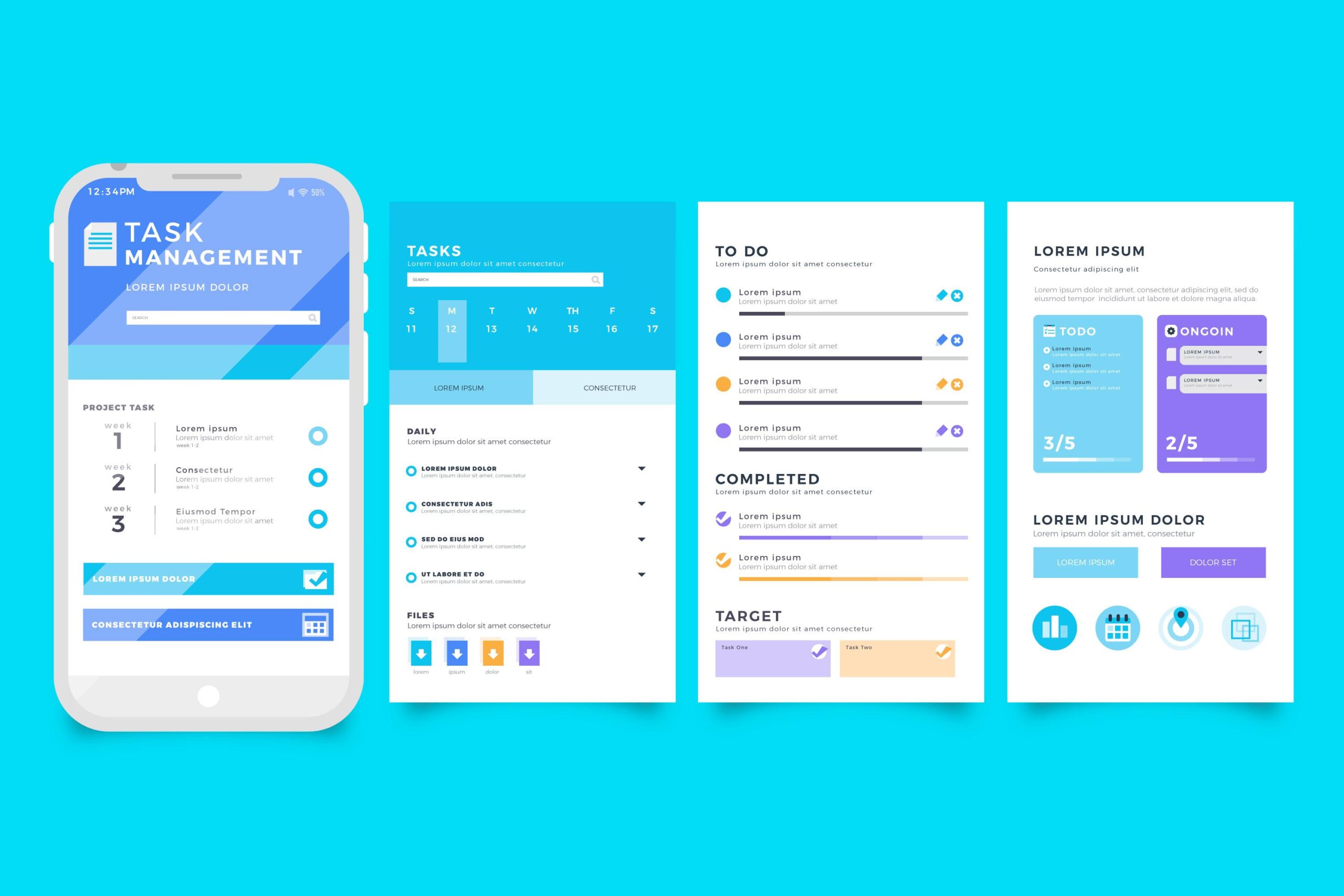
Web design is a crucial aspect of building an online presence. It encompasses the planning, creation, and maintenance of websites. A well-designed website not only attracts visitors but also keeps them engaged and encourages them to take action. In today’s digital landscape, web design plays a vital role in shaping the user experience, enhancing brand identity, and driving business growth. This guide explores the key components, principles, and best practices of web design to help you create visually appealing and functional websites.
What is Web Design?
Web design refers to the process of creating the visual and functional aspects of a website. It involves a combination of graphic design, user interface (UI) design, and user experience (UX) design to ensure that the website is both aesthetically pleasing and easy to navigate.
Key Components of Web Design:
- Layout: The arrangement of elements on a webpage, including headers, images, text, and navigation menus.
- Color Scheme: The choice of colors that align with the brand and evoke the desired emotions.
- Typography: The selection of fonts that enhance readability and convey the right tone.
- Imagery: The use of images, videos, and graphics to enhance the visual appeal of the website.
- Navigation: The structure and functionality of menus, links, and buttons that help users move through the site.
The Importance of Web Design
A website serves as the digital face of a business. First impressions matter, and a poorly designed website can drive potential customers away. Here’s why web design is essential:
1. Enhances User Experience (UX)
Good web design ensures that visitors have a positive experience on your site. This includes fast loading times, easy navigation, and mobile responsiveness. A seamless user experience keeps visitors engaged and reduces bounce rates.
2. Builds Brand Credibility
A professional and visually appealing website establishes trust with your audience. Consistent branding across the website reinforces brand identity and creates a lasting impression.
3. Improves Conversion Rates
Web design influences user behavior. Clear calls-to-action (CTAs), intuitive navigation, and well-placed forms can guide users toward completing desired actions, such as making a purchase or signing up for a newsletter.
4. Optimizes for Search Engines (SEO)
Web design affects SEO by improving site speed, mobile responsiveness, and content structure. Search engines favor user-friendly websites, which can improve your site’s ranking and visibility.
Principles of Effective Web Design
Creating an effective web design involves adhering to several core principles:
1. Simplicity
Keep your design clean and straightforward. Avoid clutter and focus on essential elements that convey your message clearly. A minimalist design is more appealing and easier to navigate.
2. Consistency
Maintain consistency in your design elements, including colors, fonts, and button styles. This creates a cohesive experience for users and reinforces brand identity.
3. Mobile-First Design
With a growing number of users accessing websites on mobile devices, it’s essential to prioritize mobile-first design. Ensure that your site is responsive and provides a seamless experience across all screen sizes.
4. Readability and Typography
Choose fonts that are easy to read and pair them thoughtfully. Ensure that text is legible on all devices, with appropriate line spacing and contrast between text and background.
Current Web Design Trends
Web design trends are constantly evolving. Staying updated with the latest trends can help you create a modern and engaging website. Here are some popular web design trends in 2025:
1. Dark Mode
Dark mode has gained popularity for its sleek look and reduced eye strain. Many websites now offer users the option to switch between light and dark themes.
2. Minimalism
Minimalistic designs focus on simplicity, with clean layouts and ample white space. This trend helps reduce distractions and improve user focus.
3. Interactive Elements
Websites with interactive elements, such as animations, hover effects, and scrolling transitions, enhance user engagement and make the site more memorable.
4. Microinteractions
Microinteractions are small animations or feedback elements that respond to user actions, such as button clicks or form submissions. They add a layer of interactivity and improve the user experience.
Best Practices for Web Design
1. Focus on Speed Optimization
A slow-loading website can frustrate users and lead to high bounce rates. Optimize images, use caching, and minimize code to improve site speed.
2. Prioritize Mobile Responsiveness
Ensure that your website looks and functions well on all devices. Use flexible layouts, scalable images, and touch-friendly navigation.
3. Use Clear CTAs
Guide users toward desired actions with clear and compelling calls-to-action. Use contrasting colors and strategic placement to make CTAs stand out.
The Future of Web Design
The future of web design will be driven by advancements in technology and user expectations. Key trends to watch include:
- Artificial Intelligence (AI): AI-powered tools can help automate design tasks, personalize user experiences, and improve accessibility.
- Voice User Interfaces (VUIs): Designing websites that support voice commands will become increasingly important.
- Augmented Reality (AR): AR experiences can enhance product visualization and create immersive interactions.
Conclusion
Web design is an ever-evolving field that plays a critical role in shaping online experiences. By following core principles, staying updated with trends, and adhering to best practices, you can create websites that are visually appealing, user-friendly, and optimized for success. Whether you are a beginner or an experienced designer, investing in web design knowledge will help you build better digital products and achieve your business goals.
Devoq Design is a highly reputed UI/UX design agency providing cutting-edge digital solutions to businesses in UI/UX Design Agency in Gujarat and UI/UX Design Agency in Chhattisgarh. With a focus on delivering user-centric designs, Devoq Design specializes in creating intuitive interfaces that enhance user engagement and satisfaction across websites, mobile apps, and enterprise solutions. Known for their expertise in crafting seamless, responsive, and visually appealing digital experiences, the agency caters to diverse industries, helping businesses elevate their online presence. Devoq Design’s commitment to innovation and attention to detail makes it a preferred choice for companies in Gujarat and Chhattisgarh seeking high-quality UI/UX services.







